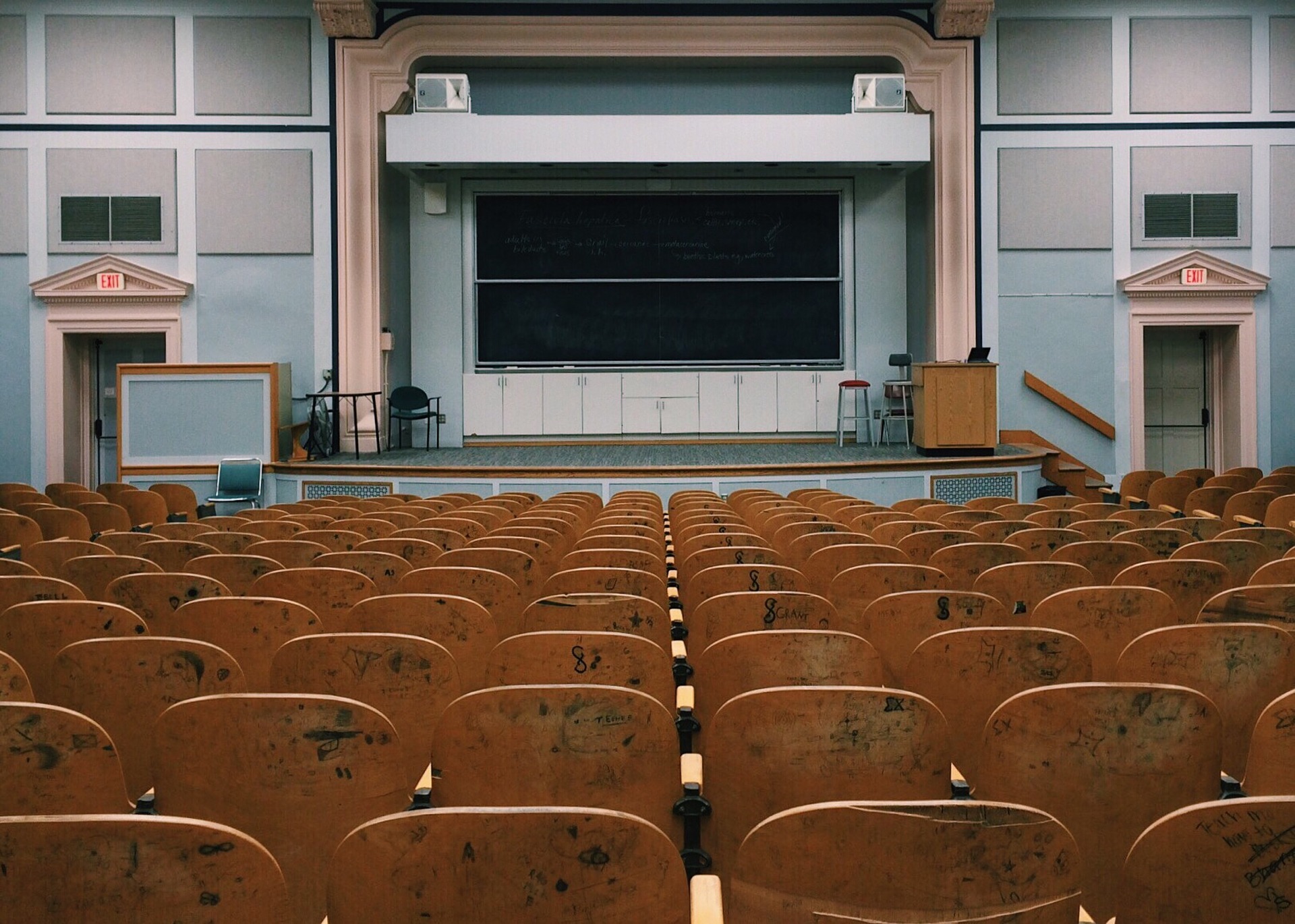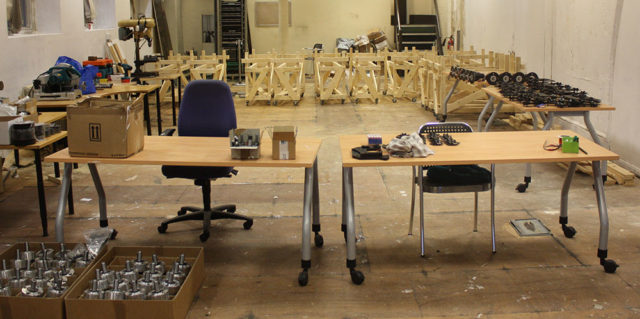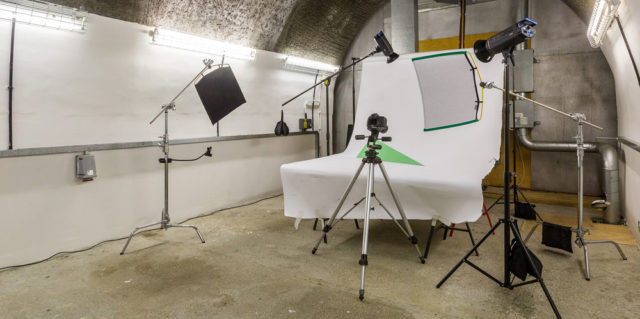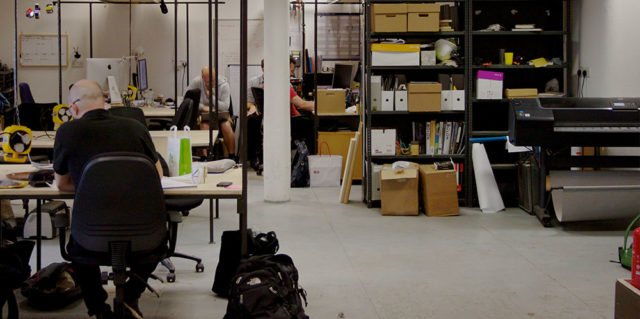Andy Merritt is one of five innovators selected to present at NewCities’ “Making the Future City” event on October 22, 2014 at the Autodesk Gallery pop-up in Paris.

Why We Need a Creative City
October 7, 2014 — Blog
Often, artists and designers are asked to do projects in the outer zones of the city to help in the regeneration of the area, but very view see that central London as needing help, rethinking and opening up.
We set up Makerversity to change this.

Makerversity started out as a work and education space for young making businesses, and applied learning opportunities. We provide access to a range of fabrication and prototyping tools, spaces, event and learning facilities. We exist to support emerging practice and startups as well as learning and employability opportunities for young people. We are kick-starting the Third Industrial Revolution for cutting-edge businesses and the next generation of creative and practical minds.

Makerversity provides all this in the unexpected location of Somerset House, a large neo-classical, grade 1 listed building on the banks of the River Thames in the heart of London. We chose this location for an important reason. We want central London to be experimental, but prosperity and gentrification are driving experimenting out to the periphery of the city and beyond. Long term, this points towards an increasingly stagnant city.
We want central London to be experimental, but prosperity and gentrification are driving experimenting out to the periphery of the city and beyond.
We set up Makerversity to ensure this doesn’t happen. We believe that creating spaces for young designers to think, design and make is vital to the future city, which must have creativity at its heart in order to be successful.
Istanbul, for example, still has micro-manufacturing and has many small districts making and selling things as specific as mesh metal, sewing machines, musical instruments power tools or belt buckles.
Look at the street signs in London – Leather Lane, Glasshouse Street, Silk Street – and it’s obvious that creativity is part of its historical fabric. For it to continue to be a creative city, London needs to start addressing how it can once again open its doors to small-scale manufacturing. New street names and developments these days are based upon aspiration, not fact, because there is nothing to base the street name on. Using this as an example, it becomes blindingly obvious that the city is stagnating. Wouldn’t it be great to have street names like Laser Cut Street, Artists Avenue, Printers Square, Seamers Street, etc.
Wouldn’t it be great to have street names like Laser Cut Street, Artists Avenue, Printers Square, Seamers Street, etc.
New, clean technologies could be the catalyst for this change, and help us rethink: actually, yes, it is possible to still make in the center of cities, to the point where we give old techniques a place once more.
Supporting Emerging Practice
Makerversity’s specific niche is supporting emerging practice within design and digital manufacturing. Emerging practice can mean pioneering new technologies, or new applications of existing technology. It could also mean traditional practice powered by an experimental business model; in fact, this is how we see Makerversity itself.
70/ 20/ 10
These numbers underpin Makerversity and its aims and values. To enshrine our desire to support and nurture the best start-up businesses, and to ensure there are no socio-economic barriers to entry to our events, workshops and learning programs, we operate a percentage model across everything we do:
70% of our activity is designed to generate revenue. This makes us sustainable, even profitable.
20% of all we do is heavily subsidized, or ‘at cost’. This includes hiring our spaces for just the costs we incur (security etc.), or it might be reduced ticket prices for students, graduates or those who would struggle to pay full whack.
10% is free. Yes, free! This applies to space, tickets to events and workshops and anything else we do. We know sometimes money is tight, and we work with various organizations to encourage those who might not access what we’re doing otherwise to get involved. We’re also able to offer the most creative and early-stage people space here to explore their ideas for set periods.
These percentages ensure there are no socio-economic barriers.
Makerversity and the Future City
Makerversity is now developing initiatives to enable anyone, anywhere, to learn through making and developing digital skills. Makerversity DIY will shape the way young people are able to explore core subjects as well as offering a window into career opportunities in the burgeoning design and digital manufacturing industries.
All this is part of our goal to open up central London to all Londoners, and to ensuring that making remains at its heart.
